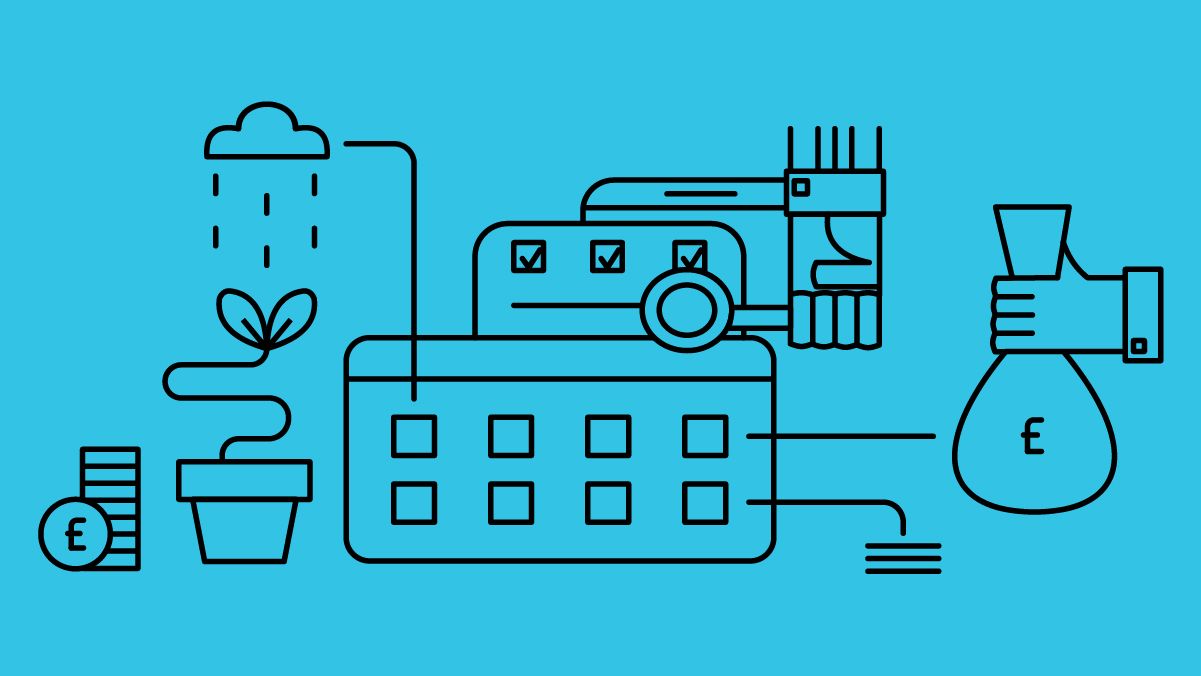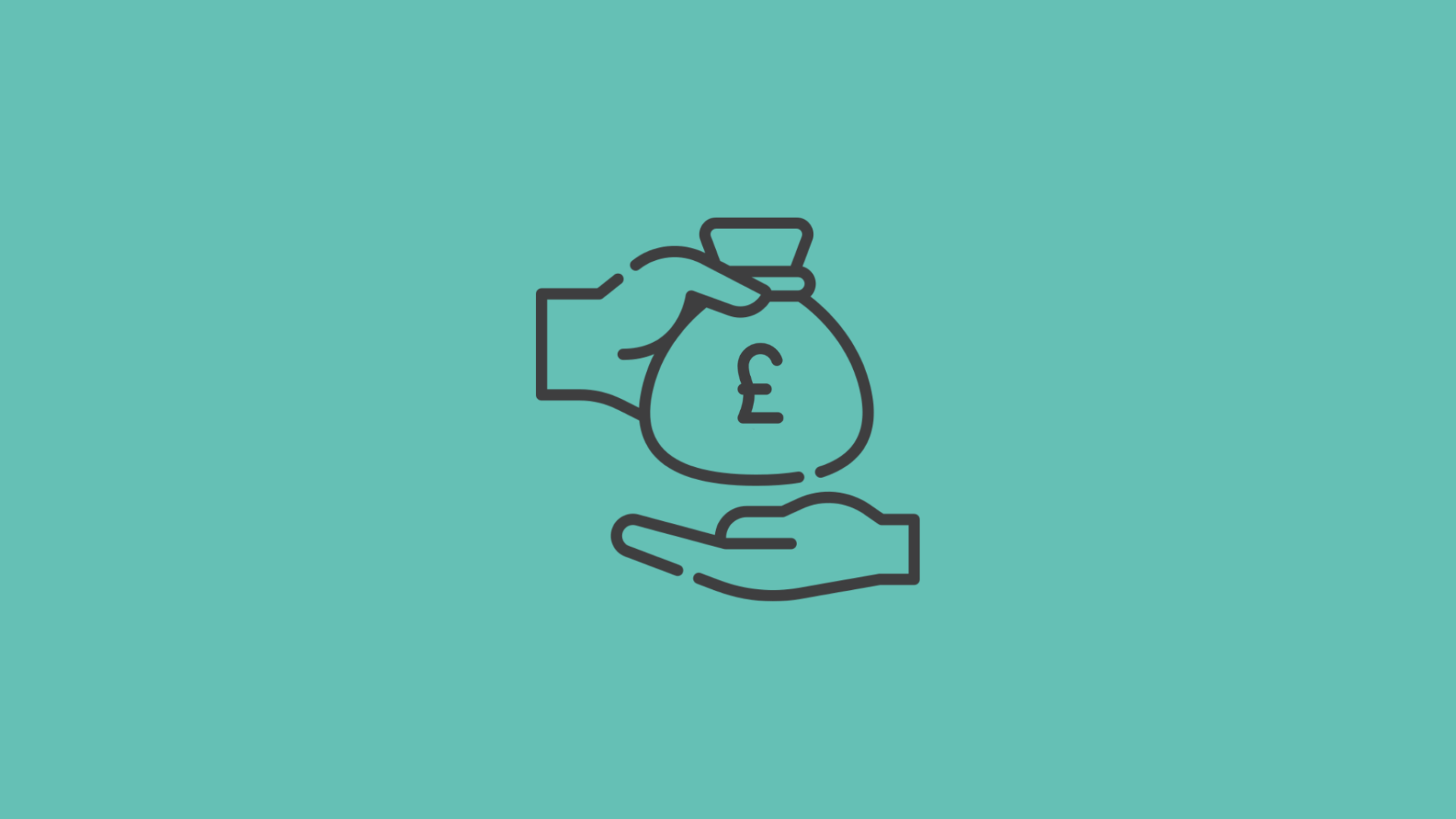

8 startup funding stages that will help you win investment
9 October 2018
Fundraising is a continuous process where you will encounter various startup funding stages. It’s a process that can take a long time and can be incredibly difficult, so it’s wise to start early and give yourself time to go through these stages in a structured and organised approach. In this article, we hope to make your startup journey a little bit easier by outlining what the fundraising process for startups looks like.
1. The necessary planning
Before going to investors and asking for money you need to do your homework. No one’s going to invest in you if you have nothing to show, with no way of demonstrating the potential your business has. However, consider networking and building relationships before you start the funding process because making connections with potential investors is a great place to start. When you get to the stage where you’re ready to seek investment just make sure you’ve done your homework first.
Check out our article: 7 different types of investors and how to win them over
2. Plan your timeline
Writing out a timeline and planning for each milestone is crucial in getting the most out of your startup funding rounds. Be meticulous in your organisation so you know exactly when you will need the money, how much you’ll need, and the timeframe you will have to raise this amount. Plan what needs to happen every week, month, and quarter for you to hit your goals. Planning your timeline is a great way for you to understand your business.
3. Build relationships
We mentioned networking and building relationships earlier on, and that you should consider meeting a few people before you start thinking about fundraising. By this stage it’s not an option, it’s an essential part of the startup funding stages. The fundraising process for startups can be an incredibly difficult one and can be near impossible without some serious networking. You can’t rely on chance and luck. Actively build valuable relationships and try to think about fundraising in terms of relationships and value – not cash.
4. Collect numerous offers
Don’t put all your eggs in one basket during the startup funding stages. Meet as many potential investors as possible, collect their initial offers and choose who you would like to proceed with from there. The more offers you get, the better your chance of success.
5. Sign a term sheet
If you receive an offer you’re happy with, sign, and agree on a term sheet before managing the legal process. A term sheet is a non-binding document that generally sets out the key commercial and legal terms of an investment. Term sheets provide a template for your lawyer to follow containing the more detailed deal documents. Think of it as more of a gentleman’s handshake than a legal document.
6. Receive Funding
Closing the deal and receiving funds is probably the most anticipated moment of the startup funding stages, but the fundraising process steps don’t end here (not if you’re looking to achieve rapid growth).
7. Stay true to your agreement
Acting accordingly to your agreement plays a really important part of the start funding stages. If you don’t act according to your agreement and keep your investors regularly in the loop you could lose your next release of funding along with the investment you attracted. Investors talk, and word spreads fast. If you damage your relationship with your investor you could tarnish your reputation alongside it, making your success in the next round of fundraising very difficult.
8. Prepare for your next round
More often than not startups very rarely limit themselves to a single round of investment. Businesses who are looking to achieve rapid growth, normally go for a few startup funding rounds. Here’s a short insight into the different types of rounds you might go for…
Seed/Angel Round
With this type of round investors normally meet startups with a great concept that has a lot of potentials, but the prototype hasn’t been made just yet. This seed round provides startups (who are successful) with just enough money to produce their initial product, which will start to give the company a bit of momentum to move away from the early phase and closer to their next round of funding.
Series A
Once a prototype is made companies can start looking towards venture capital groups with the hope of acquiring more funding with the goal of bringing their product to market. Typically series A funding will be greater than the seed round.
Series B
When a company finds itself going after series B funding the startup will have a product and business model that’s ready to be taken to an even broader market. You would find a significant increase in the funding with this round.
Series C
In series C rounds it’s all about fast growth. Startups who have secured series B funding might move toward’s this third injection of investment capital so they can expand towards international markets.
With every startup funding round, you will give up more and more of your company reducing your position and power. However, by this point, your company will be achieving sufficient growth and will become more valuable. So while you hold a smaller piece of the pie, your net worth will have increased in value, perhaps considerably.
The first stages of funding your startup are always the most difficult – but remember the clearer you can explain the potential of your idea to investors, the more likely it is that you will secure funding for your startup. Always think ahead towards the future of your business and aim to develop a minimum viable product. Your MVP is a great starting point if you are thinking about growing your business and want to attract more investors.
Keep up to date with what we’re up to via email






Copyright ©Robot Mascot Ltd. All rights reserved.





